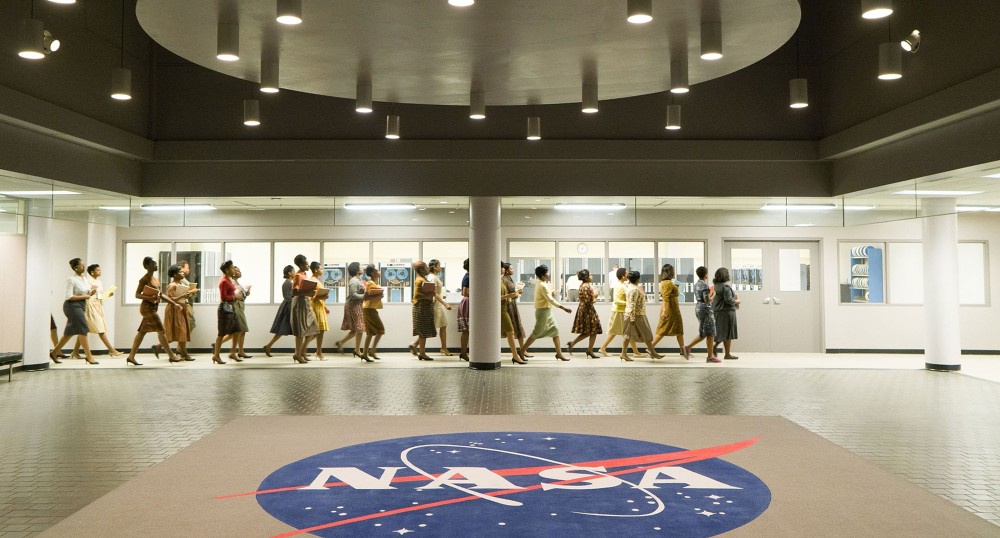A feel-good story's power and limits
There is a danger in responding to a film like Hidden Figures by congratulating ourselves on how far we’ve come.

On the third snow day in a row, when the streets were clear enough for everything but school buses and my daughter had worked her way through two and a half Harry Potter books while sitting in my office, I gave up any pretense of trying to get work done. I took her to the movies.
We saw Hidden Figures, based on the true story of three African American women who worked as scientists and mathematicians at NASA in the early days of the space program. The film’s main characters—Katherine Johnson, Mary Jackson and Dorothy Vaughan—are just three of the black women whose stories have been hidden behind those of the more famous (white, male) astronauts they helped launch into space. Johnson is amazing with numbers and can figure out any mathematical problem. Jackson becomes NASA’s first black female engineer. Vaughan teaches herself how to code so she can program the brand new—and hilariously gigantic—IBM computer.
The film is chock full of girl power. These are fierce, brilliant women, making their way in a profession that has no room for their gender or their skin color. They are sassy when it’s called for, sneaky when there’s no other choice, and smarter than anybody else in the room.




